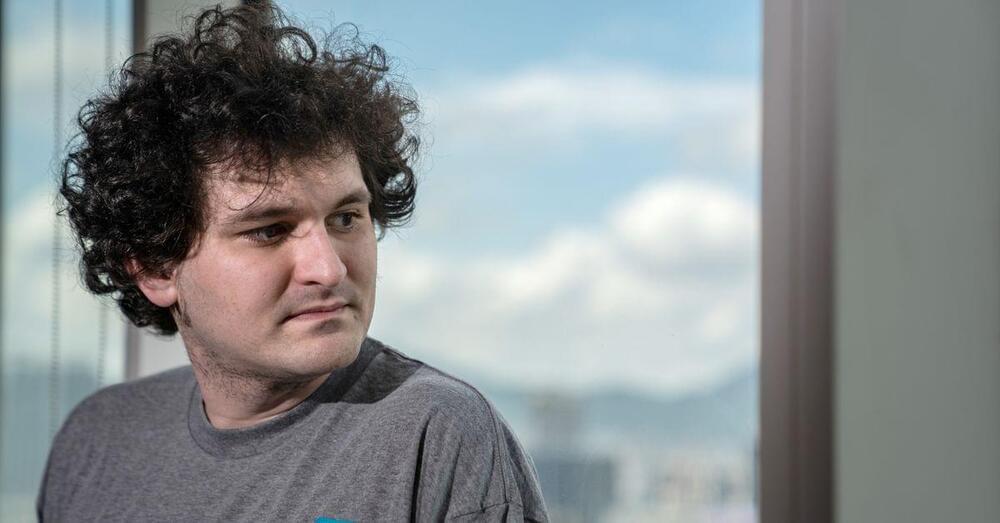The California PUC granted Waymo a permit to operate 24 hours/day in San Francisco taking select members of the public for rides with no safety driver in the vehicle. Waymo says it will begin this shortly. This comes on the heels of them expanding such service in Phoenix, as reported in my article on how the death of self-driving cars has been greatly exaggerated earlier this week.
This service will be with “trusted testers” rather than members of the broad public that can ride in Chandler and Phoenix, Arizona. Limiting ridership can be useful when demand is higher than supply, and also to learn from people who ride it repeatedly, but it has another less noble purpose, namely that riders can be under NDA and not exposing any problems to the public. (Waymo previously has required this of “trusted testers” but says they will very quickly transition to not needing an NDA.) Once a service allows members of the general public to ride with no conditions, it’s a declaration that “we’re confident we are not going to do anything embarrassing.” Cruise, which is Waymo’s rival in SF, has been serving the public for some time, and on Nov 16 announced they will be doing daytime rides with GM employees. Cruise had previously only been operating with passengers after 10pm on much calmer streets.
Waymo also announced it will deploy in Los Angeles soon (it has been testing with staff there.) In LA they also revealed their new robotaxi model, built by Geely under the Zeekr brand in China. I will have more comment when I get to see it, though I am disappointed the front seats don’t swivel to allow more social settings when a group of more than 2 go for a ride. (Facing backwards is less comfortable for some, but also safer in a forward crash.) California Public Utilities Commission (CPUC), in ongoing efforts to support transportation innovation, today authorized Waymo LLC to participate in California’s pilot program to provide “driverless” autonomous vehicle (AV) passenger service to the public. Waymo joins the CPUC’s Driverless Pilot program, in which passengers can ride in a test AV that operates without a driver in the vehicle. Waymo may not charge passengers for any rides in test AVs.






